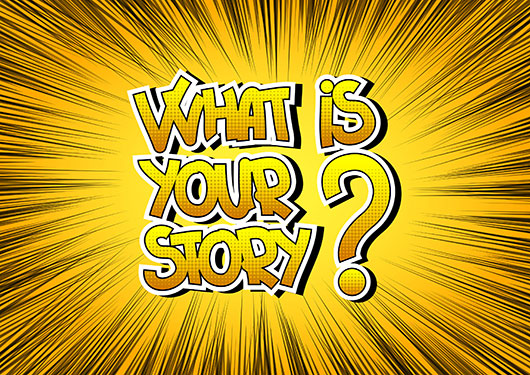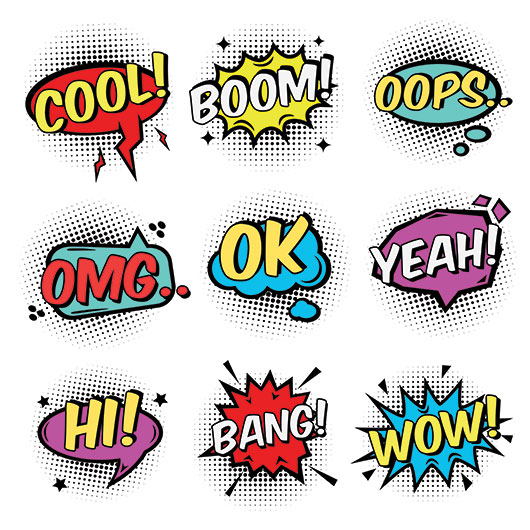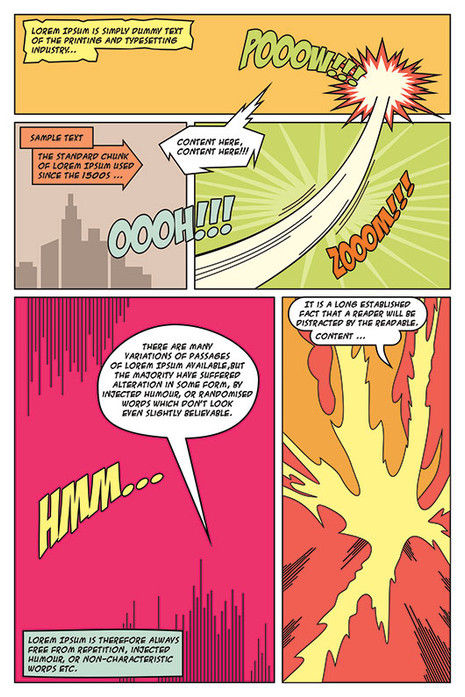Comic Book Printing: How to Choose the Right Format and Make it Successful
March 7, 2022
The comic book industry is booming. As a comic book writer and independent publisher, choosing a suitable format throughout the creation process is essential to your successful comic book project. The format refers to the way you write your comic book story, the type of illustrations you create, and how each element is laid out on the page. Formatting also references the physical printing elements you choose, such as paper type, size, and binding style.
To be the next Jack Kirby, Harvey Kurtzman, Paul Allor, or Anthony Grech takes talent and careful planning regarding all aspects of comic creation. Stan Lee’s Marvel comics and Malcolm Wheeler-Nicholson’s DC comics are carefully thought out, from plot to formatting and character development.
Choose the Right Story Format
When you begin creating a comic book, the best place to start is the story. Comic books are a visual storytelling medium, requiring a great story to base their vibrant illustrations on.

Story Elements
Comic book writing is not as simple as it sounds. A successful comic book script considers not only the current story you are concocting but also other aspects. These include the significant characters, comic book art, word building, character bios and previous stories, the overall story arc, and potential future stories you can write. Creating a basic plot outline can help you plan your comic more effectively.
Decide on a Layout
Once you draft a narrative, start to think about how to lay it out in your comic book. Find various comic book templates you can work with to format your words into different frames and choose a unique panel size. Consider the best place in your narrative for the different types of comic panels like a giant splash panel, double-page spread, or a bleed panel.
Visualize the comic strip panel dialogue, panel borders, and where the internal monologue of your comic book characters will appear.
Unlike writers for major publishers like DC Comics and Marvel Comics, independent comic book creators have complete creative control over the layout of their comics, so feel free to experiment and find out what text format works for you. However, you may want to keep basic formatting principles in mind. These principles include:
- Splitting up text-heavy sections into multiple frames
- Using bold one-word exclamations to convey action or emphasize a point
- Eliminating exposition or dialogue that doesn’t go with the overall genre of your comic book or graphic nov

Border Types and Display Lettering
Consider the different border types and display lettering to match your comic book script intents and plot outline. For example, action comics often use jagged borders around a word to indicate an impact, like a kick or punch.
There are several types of borders you can use:
- Borders for anger
- Borders for flashbacks
- Borders for weakness
- Jagged borders
- Cloudlike borders
- Double-bordered balloons for emphatic speech
Give careful thought to your display and dialogue lettering elements, both in speech bubbles and within your panel description. Use bold lettering for certain types of dialogue, like descriptions without dialogue or a larger panel size to emphasize loud shouting.
Illustration Format
To ensure you format your comic book for success, choose the correct illustration and panel layout for your illustrations. Awkward panel designs are visually jarring and can disrupt the narrative flow of your comic. This is especially important for action comics or a fast-paced superhero comic in which the action drives the story more than the dialogue.
The best way to accomplish an illustration format that serves your story is to sit down with your comic template and consider how your illustrations can help move your story forward visually.
A comic book artist or graphic novelist uses sequential panels or frames to support the written storytelling. Create a script with panel descriptions and review panel descriptions with your creative team to ensure all the sequential actions make sense for the story and character development. Then develop panel designs that allow enough space for your illustrations and reflect the emotion and action in the scene.
Various panel designs include:
- Close-in headshot or a close-in shot of an object
- Distance shot
- Silhouette shot
- Action shot
- Foreground/background shot
- Overlapping panels
- Panels with gutters
- Rounded panel corners
Another aspect of your illustration formatting is the type of illustrations you make. For instance, superhero comics often use bright colors and high contrast to bring the story to life. Classic comics in the noir and manga genre use black and white illustrations for somber tones. The inking and coloring you choose will help you tell your story with colors and exciting visuals.
Choose the Right Printing Elements
When you are ready to print your comic book or graphic novel, choosing the correct printing elements is essential to format your project for success. Before deciding on your printing elements, choose whether you want digital comic printing or offset printing. Printing elements to decide on include paper type, binding type, and page size.
Paper type
Paper type is crucial because it can give your comic book a professional finish. When you use a printing company like Comix Well Spring, you can choose between matte and glossy paper for your comic book.
Binding type
If your project is less than 64 pages, saddle stitch binding is an ideal choice. This type of binding is also called staple stitch because it uses staples to bind the pages together. Staple stitching is an excellent, affordable option when you are just starting. Perfect binding is the standard choice for longer projects, like graphic novels or manga publishers.
Square-bound comic books use binding glue on the spines to hold the pages together. This type of comic that big-name comic book publishers put out lends a slightly more professional look to your work.
Page size
The industry standard is better for wide-reaching success when it comes to page size. Choose the 6.625” by 10.25” option for standard comic book size, 8” by 10.5” if you want a magazine-sized option, or 5.5” by 7.75” if you are writing a manga piece.
Choose the Right Marketing Tools
To make your comic book as successful as possible, consider marketing tools and techniques along with your formatting elements. Unlike established, popular comics with major characters like Marvel’s Spiderman or DC Comics’ Batman, independent comic books need promotion to reach their audiences and get them excited about the entire series you’re creating. Prepare to share images or sneak peeks of your comic book on social media.
Also, use marketing materials, such as retractable banner stands or bookmarks, to promote your work at local author signings, a comic book convention, and comics industry events.
Choose Comix Well Spring to Print an Attention-Grabbing Comic Book
Formatting your comic book for success requires planning and experimentation in the early stages. First, write a killer story using comic strip templates and format the complete script onto the page. Then, create your illustrations around this layout while thinking about how they visually move the story along. Finally, choose the correct physical layout elements for printing, and use marketing tools to get the word out about your book.
For professional printing services that will make your comic book stand out and grab readers' attention, choose comic publishers Comix Well Spring. Visit our easy-to-use product pages to upload your comic book files and receive your printed versions of your comic book series in as little as two weeks.

